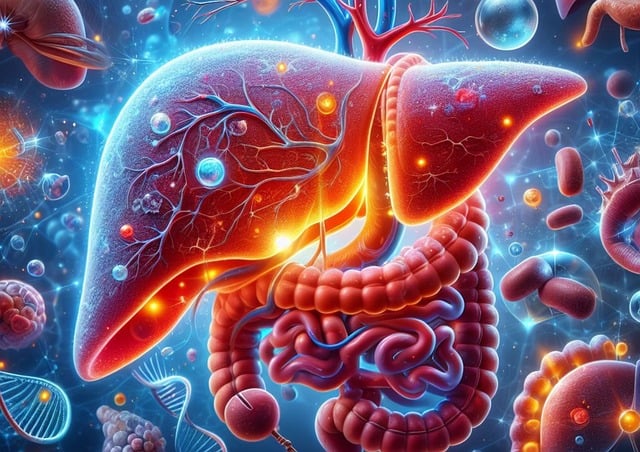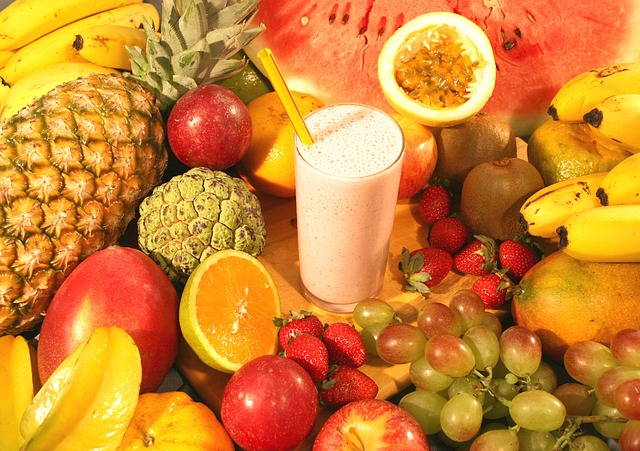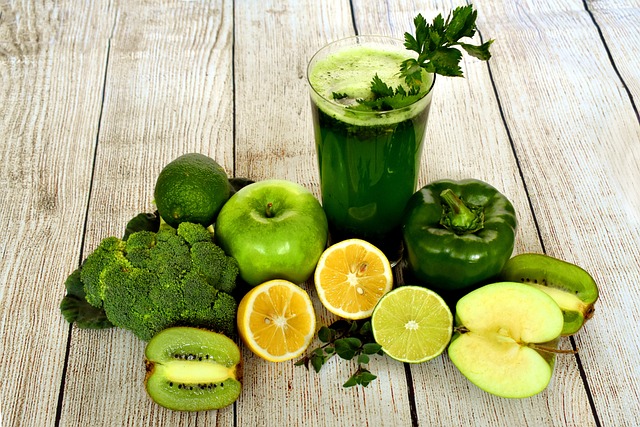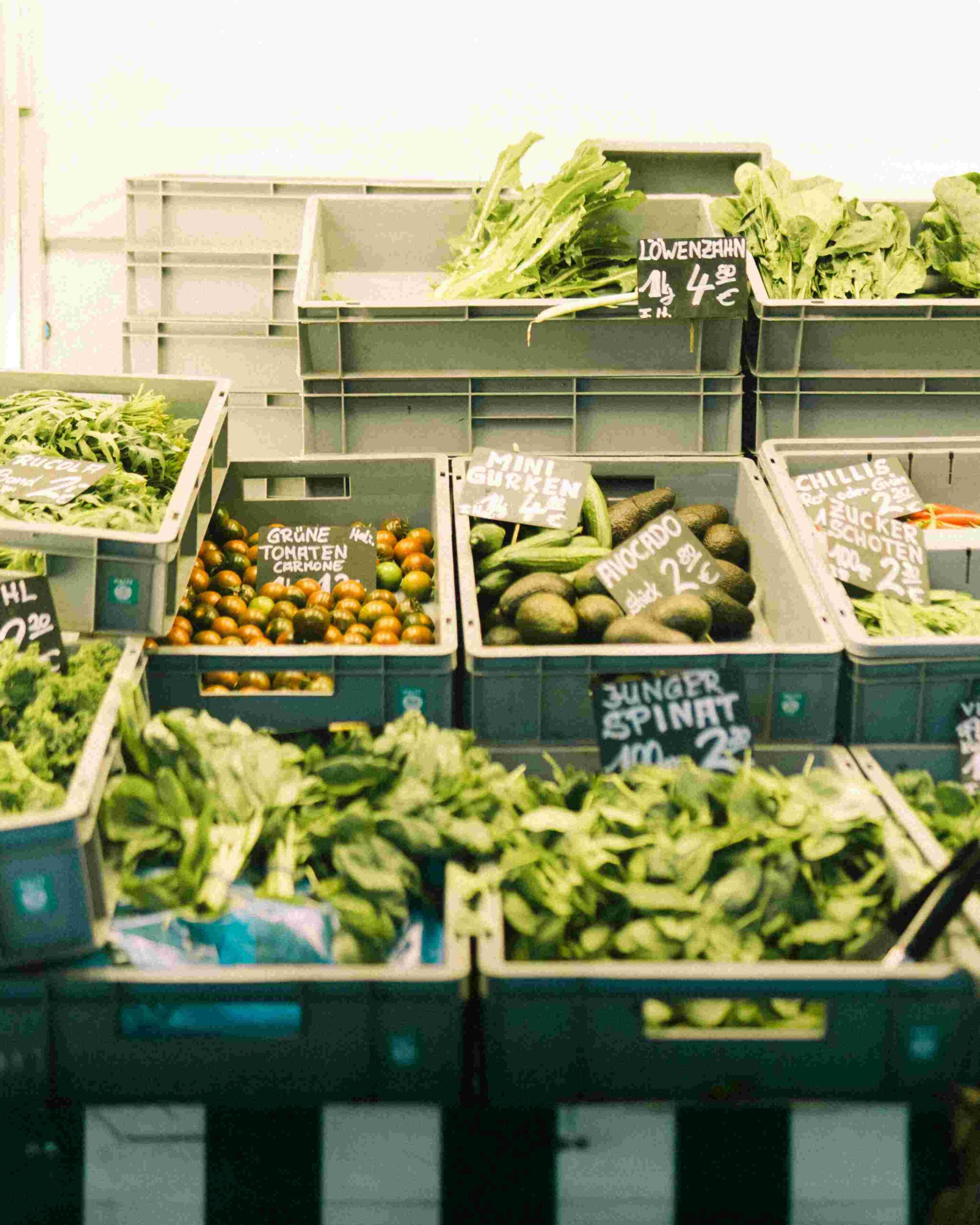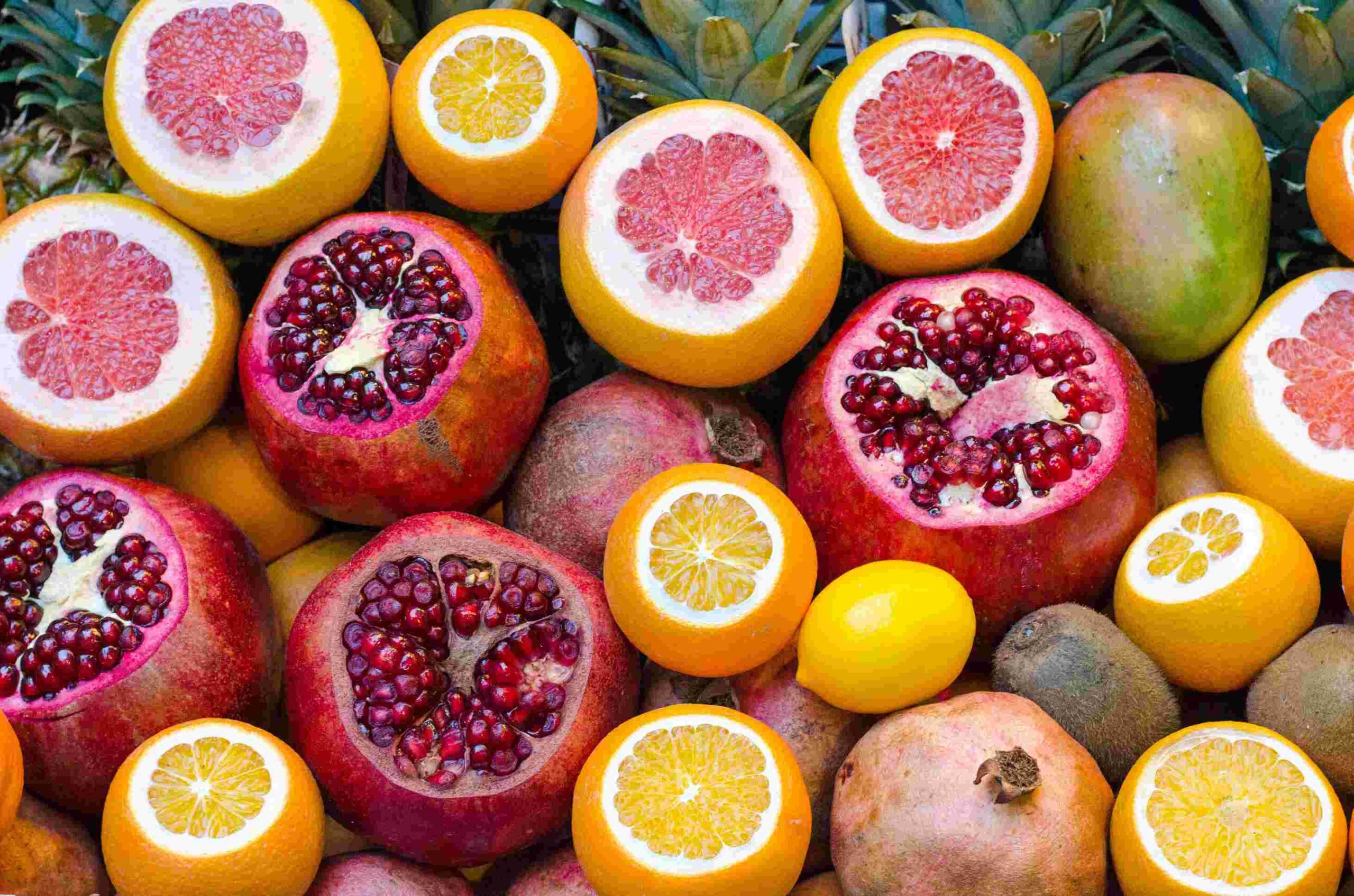
Food allergies and sensitivities are increasingly prevalent, affecting millions of individuals worldwide. For some, the reaction to certain foods is mild and manageable, while for others, it can be life-threatening. Whether triggered by nuts, seafood, or less obvious ingredients like additives, understanding food allergies is crucial for maintaining health and well-being. This comprehensive guide explores the causes, common allergens, the difference between food allergies and sensitivities, how to identify symptoms, and strategies for management. Additionally, we’ll provide allergen-free recipe ideas to help you navigate dietary restrictions.
What Causes Food Allergies?
Food allergies develop when the immune system mistakenly identifies a specific food protein as harmful. This leads to the release of chemicals like histamine, causing allergic symptoms. The reasons behind this immune response are complex and may include:
Genetic Predisposition:
A family history of allergies, eczema, or asthma significantly increases the likelihood of food allergies.
Gut Health and Diet:
Imbalances in gut bacteria (microbiota) can affect the immune system’s ability to differentiate between harmful and harmless substances, potentially triggering allergies.
Early Exposure to Allergens:
Both too little and too much early exposure to allergenic foods during infancy have been linked to the development of food allergies.
Environmental Factors:
Pollution, chemicals in processed foods, and exposure to allergens in non-food products can all contribute.
Immune System Changes:
Conditions like leaky gut syndrome may increase sensitivity by allowing undigested food particles to enter the bloodstream, causing immune reactions.
Common Food Allergens
The “Big Eight” allergens account for the majority of food allergy cases globally:
Peanuts:
One of the most common allergens, especially in children.
Tree Nuts:
Includes almonds, cashews, walnuts, and hazelnuts.
Milk:
Cow’s milk is a common allergen, especially in infants and young children.
Eggs:
Egg whites are more allergenic than yolks, but both can trigger reactions.
Fish:
Salmon, tuna, and cod are frequent culprits.
Shellfish:
Shrimp, lobster, and crab are common triggers in adults.
Soy:
Found in processed foods, soy is a frequent hidden allergen.
Wheat:
Gluten-containing wheat can cause allergic reactions and other conditions like celiac disease.
Other notable allergens include seeds (e.g., sesame, sunflower), certain fruits (like kiwis, bananas, or avocados), and artificial additives (e.g., sulfites, food colorings).
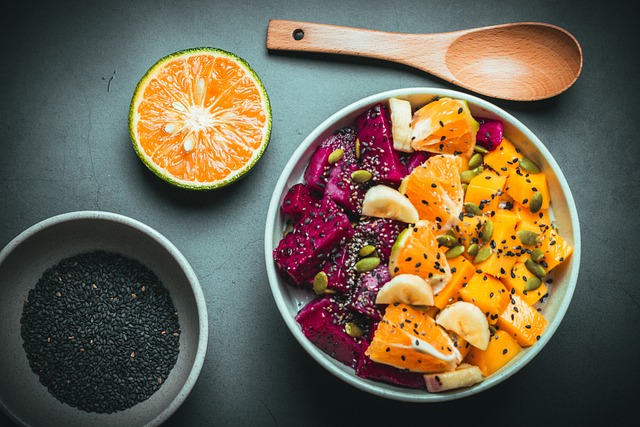
Managing Food Allergies
Although there is no cure for food allergies, symptoms can be effectively managed through:
Avoidance:
- Avoid foods that trigger reactions and check ingredient labels for hidden allergens.
- Watch for cross-contamination in restaurants and packaged foods.
Emergency Preparedness:
- Carry an epinephrine auto-injector (e.g., EpiPen) if prescribed.
- Wear a medical alert bracelet to inform others of your allergy in an emergency.
Dietary Adjustments:
- Replace allergenic foods with safe, nutrient-rich alternatives (e.g., plant-based “milk” like almond drink or oat drink).
- Ensure balanced nutrition to prevent deficiencies, especially in children.
Practical Recipes for Allergen-Free Diets
Sweet Potato and Lentil Soup
Ingredients:
- 1 tbsp olive oil
- 1 onion, chopped
- 2 cloves garlic, minced
- 2 cups sweet potatoes, diced
- 1 cup red lentils, rinsed
- 4 cups vegetable broth
- 1 tsp turmeric
- Salt and pepper to taste
Instructions:
- Heat olive oil in a pot and sauté onions and garlic until fragrant.
- Add sweet potatoes, lentils, and broth. Bring to a boil.
- Reduce heat, add turmeric, and simmer until the lentils and sweet potatoes are tender.
- Blend if desired for a creamy texture.
Chickpea and Veggie Patties
Ingredients:
- 1 can chickpeas, drained and rinsed
- 1 cup grated zucchini
- 1/4 cup parsley, chopped
- 2 tbsp ground flaxseed (mixed with 5 tbsp water)
- 1 tsp cumin
- Salt and pepper to taste
Instructions:
- Mash chickpeas in a bowl. Add zucchini, parsley, flaxseed mixture, and seasonings.
- Form into patties and cook in a non-stick skillet until golden on both sides.
These patties are perfect for a quick, allergen-free lunch or dinner.
Future Directions in Food Allergy Research
Research continues to explore new treatments and prevention strategies, including:
Oral Immunotherapy (OIT):
Gradually increasing exposure to allergens to build tolerance.
Probiotics:
Improving gut health to reduce sensitivity.
Biologics:
Targeting specific immune pathways to prevent severe reactions.
Conclusion
Food allergies require vigilance and careful management, but they don’t have to limit your quality of life. By understanding triggers, recognizing symptoms, and making smart dietary choices, you can thrive on an allergen-free diet. From planning meals to preparing recipes, small steps can lead to significant health improvements. Always consult a healthcare provider for personalized advice.
Subscribe to our newsletter, follow us on social media to let us know how you’re working towards a balanced life!
Liver Health: Natural Care, Foods, and Supplements
Introduction The liver is one of the...
The Effect of Micronutrients on Body Function
Micronutrients, which encompass vitamins and...
Foods that Naturally Increase Bone Density
Bone health is essential at every stage of life,...
Adaptogen Plants: Natural Ways to Manage Stress
In a world where stress is part of daily life,...
Vegan and Vegetarian Nutrition
Why People Choose Vegan and Vegetarian Diets...
Maximize Your Performance: Nutrition Before and After Exercise
Introduction Optimizing your nutrition...
Sustainable Nutrition and Eco-Friendly Consumption
Introduction to Sustainable Nutrition...
Strengthening Your Immune System Through Proper Nutrition
Introduction The immune system is our...
The Connection Between Psychology and Nutrition
Introduction The connection between psychology...

